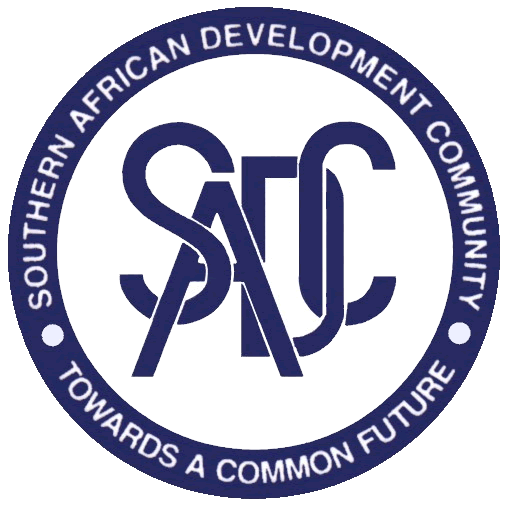Focal point
Location
The Southern African Development Community (SADC) was established as a development coordinating conference (SADCC) in 1980 and transformed into a development community in 1992. It is an inter-governmental organisation whose goal is to promote sustainable and equitable economic growth and socio-economic development through efficient productive systems, deeper co-operation and integration, good governance and durable peace and security among fifteen Southern African Member States.
The main objectives of Southern African Development Community (SADC) are to achieve economic development, peace and security, and growth, alleviate poverty, enhance the standard and quality of life of the peoples of Southern Africa, and support the socially disadvantaged through Regional Integration. These objectives are to be achieved through increased Regional Integration, built on democratic principles, and equitable and sustainable development.
The objectives of SADC, as stated in Article 5 of the SADC Treaty (1992) are to:
- Achieve development and economic growth, alleviate poverty, enhance the standard and quality of life of the people of Southern Africa and support the socially disadvantaged through Regional Integration;
- Evolve common political values, systems and institutions;
- Promote and defend peace and security;
- Promote self-sustaining development on the basis of collective self-reliance, and the inter-dependence of Member States;
- Achieve complementarity between national and regional strategies and programmes;
- Promote and maximise productive employment and utilisation of resources of the region;
- Achieve sustainable utilisation of natural resources and effective protection of the environment;
- Strengthen and consolidate the long-standing historical, social and cultural affinities and links among the people of the Region.
Members:
Resources
Displaying 1 - 5 of 9Lessons learnt from the IWRM demonstration projects: innovations in local-level integrated water resource development in Malawi, Mozambique, Swaziland and Zambia
This report presents seven innovations in Local-level Integrated Water Resource Management, based on lessons learnt in the IWRM Demonstration Projects in Malawi, Mozambique, Swaziland and Zambia.
IWRM and Rural Livelihood Project in Dzimphutsi: process documentation
IWRM and Food Security Project in Kafue Basin: process documentation
The purpose of this report is to show the process of the intervention made through the implementation of the IWRM and Food Security Demonstration Project in Zambia. The report gives details of the project processes, showing the steps the project went through, the outcomes and its impact on the communities where it was implemented.


